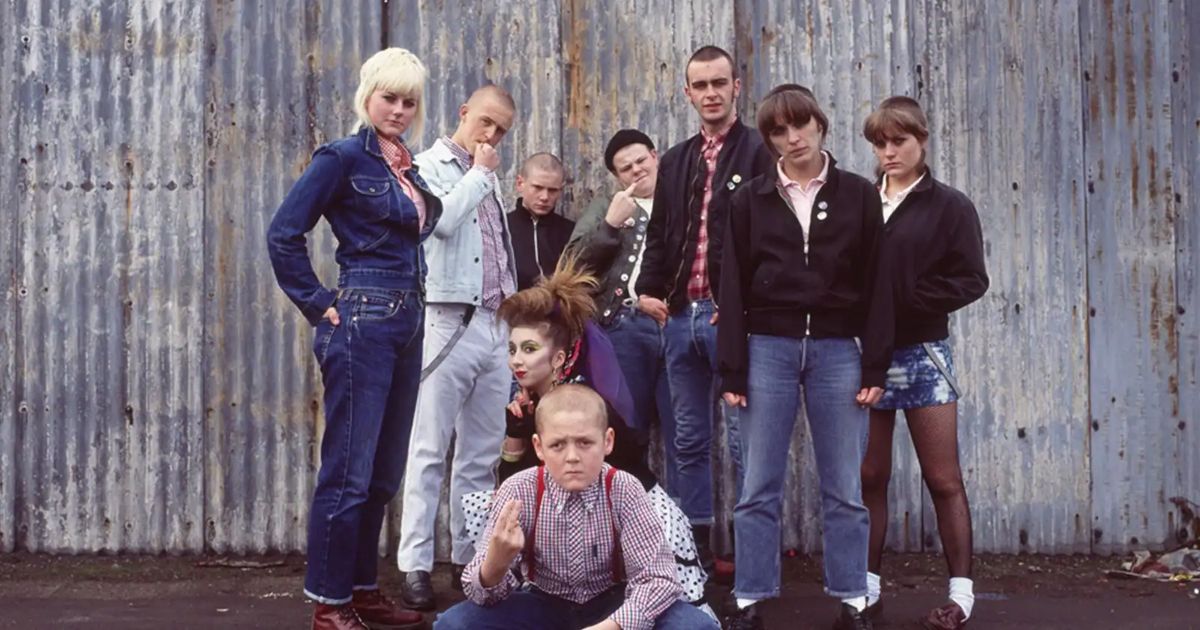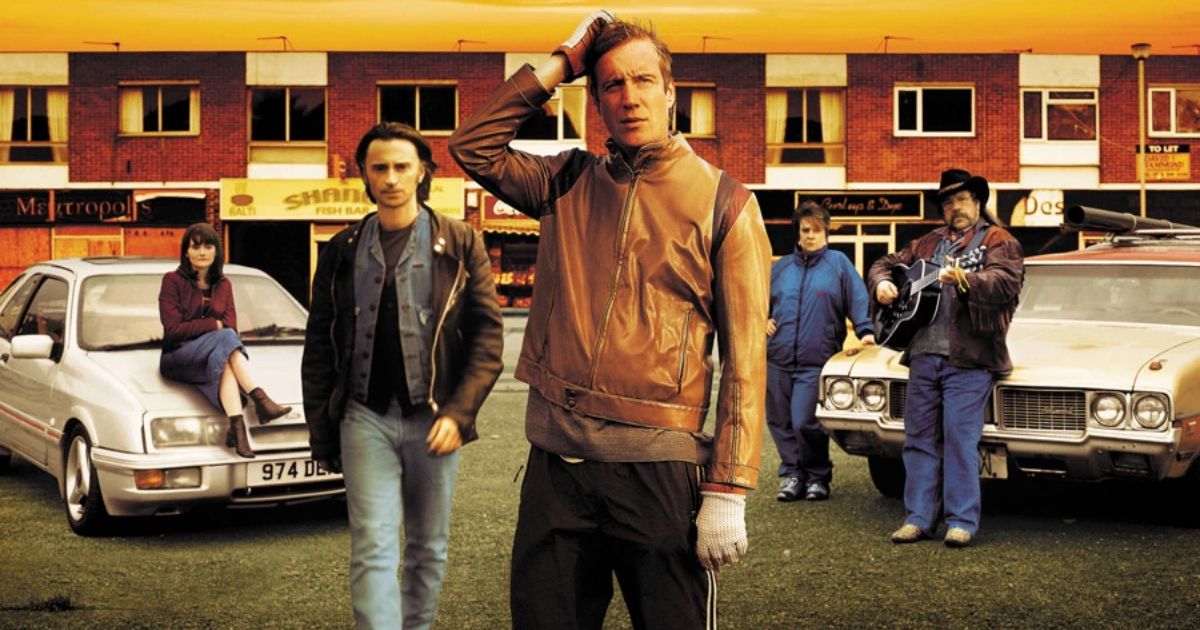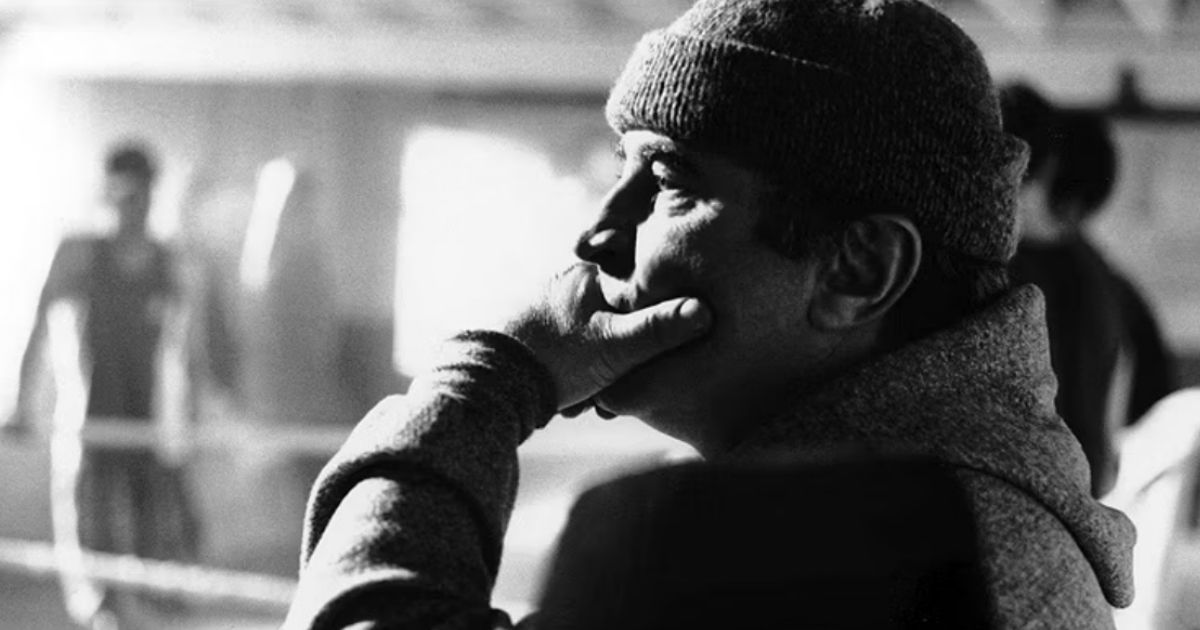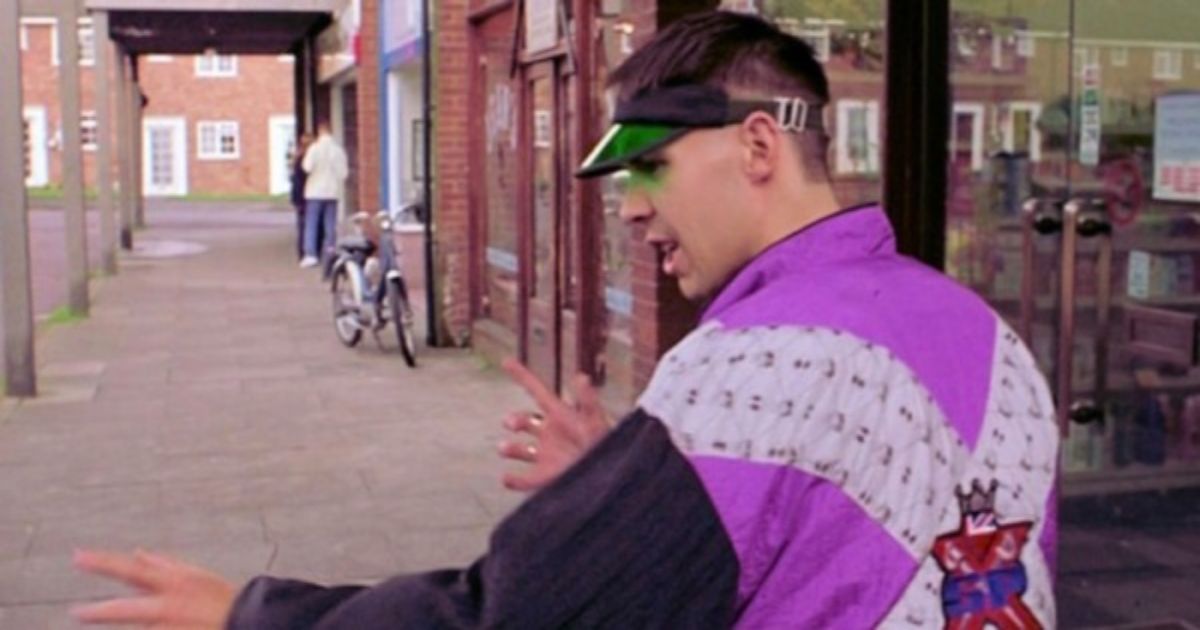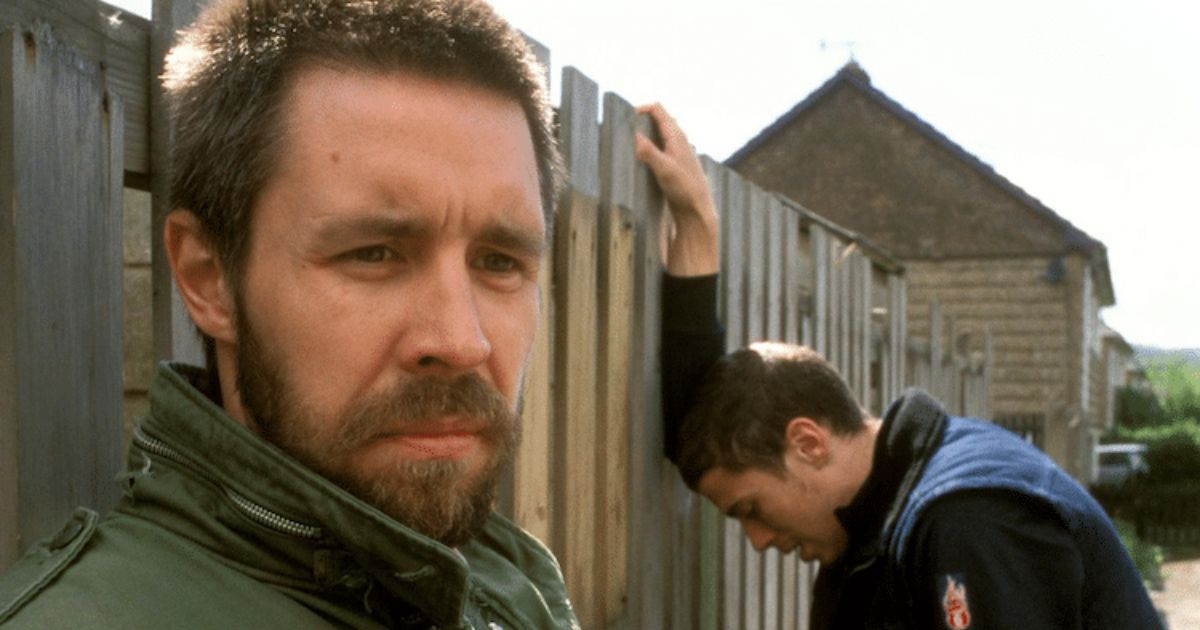Ken Loach is considered the Godfather of British realism, of capturing the beauty in the ostensibly mundane, in (as Barton Fink would say) “the common man;” from Kes to I, Daniel Blake Loach locates the extraordinary in ordinary people. Both James Brown and John Lennon had uncompromising stances on a fairer world, and restoring power to the common man, as well as having released songs entitled “Power to the People,” and through his movies, Ken Loach manages to achieve these politically-driven, socialist messages by empowering the subjects of his films with the same never-say-die, “stick it to the establishment” philosophy.
Displaying the lives and stories of the working class through the art of cinema and in a way that is neither antagonizing nor condescending is a talent within itself, and naturally, it begs the question: who is to be the next torch-bearer for social realism in film? Shane Meadows is understandably the obvious choice, a man who has proven time and time again that he has the mastery to deliver poignant, meaningful, and beautifully composed feature films about the proletariat and the struggles of the underclass. Provided that he can translate his independent, small screen success to the big screen he will certainly become a household name in world cinema, not that the humble director from Nottingham, England would want that of course…
Meadows is a true bastion of working-class Britain, with working-class cultural hallmarks consistently conveyed in his movies, here are some of his best…
6 Somers Town
2008’s Somers Town is another Meadows-directed film focused on a coming-of-age story, following two unlikely teenage friends, the homeless Tomo (Thomas Turgoose) and aspiring Polish photographer Marek (Piotr Jagiello), with the former moving in with Marek and his unknowing, alcoholic father. Turgoose once again delivers a brilliant performance, way beyond his years, grasping the intricate nature of the movie with an unforced, subtle comedic sensibility.
5 Once Upon a Time in the Midlands
Featuring the likes of Robert Carlyle, Rhys Ifans, and Ricky Tomlinson, Once Upon a Time in the Midlands is a romantic drama set in, you guessed it, the midlands (of England). A petty criminal returns to his former town of residence to win back his ex, and rebuild their relationship. With regular collaborator Paul Fraser in tow, Meadows’ movie really packs a comedic punch. As much as this quasi-western is rammed full of jovial tones, the sincerity of the character's disposition is wholesome and understated despite their outlandishness.
4 Twenty Four Seven
Set in Nottingham, just a stone’s throw from Meadows’ childhood town of Uttoxeter, Twenty Four Seven is a recent black and white coming-of-age sports drama. Starring a fresh-faced, and arguably less irksome, James Corden, it follows the spirited story of a soulless, desolate town filled with troubled yet spirited people. The boxing gym was Alan Darcy’s (Bob Hoskins) salvation as a kid, a respite from the harsh reality of his community. Spared from a life of crime and misdealings, Alan embarks on his own form of recompense and sets up his own boxing gym for the youth of today.
3 A Room for Romeo Brass
1999’s A Room for Romeo Brass handed cinematic debuts to lead Andrew Shim (Romeo Brass), and Paddy Considine (Morrell), engendering glittering careers in TV and film, particularly in the case of Considine. The movie follows the story of childhood friends and neighbors Romeo and Gavin as they befriend an odd and creepy man, Morrell who manipulates a suggestible Romeo and jeopardizes the pair's friendship. As is a common theme in Meadows' movies, A Room for Romeo Brass pictures middle England in all its tenacious, resolute, and ballsy glory.
2 Dead Man’s Shoes
Paddy Considine stuns in Meadows’ typically gritty psychological thriller Dead Man’s Shoes, in which Considine assumes the role of Richard, a former soldier who returns home seeking revenge after he discovers the horrendous truth behind his disabled brother’s suicide. Richard’s relentless pursuit of a local drug gang who he holds responsible plays at the heart of the narrative, with recurring flashbacks of the build-up to Anthony’s untimely death.
Considine’s portrayal of a man blinded by rage, and meticulous obsession with revenge is a cinematic masterpiece. His anger is almost tangible when confronted with his brother’s killers, yet he is guided by a remarkable, army-instilled discipline that aids him in outwitting Sonny (Gary Stretch) and his crack team of cronies. Richard’s constant mental conflict with acts of vengeance, and this kind of self-loathing that holds himself partly to blame for Anthony’s demise, is an ever-present theme, with Richard experiencing real-time hallucinations of his lost sibling. Dead Man's Shoes is simply one of the most beautifully tense, brilliantly acted, surprising movies of recent years.
1 This Is England
Set against the unrefined backdrop of 1983 northern England, This Is England is a tale of friendship, belonging, identity, and the expulsion of an adopted myth. The film stars Thomas Turgoose as 12-year-old Shaun, who is burdened by both the death of his father during the Falklands War and his school bullies; as a result, Shaun attaches himself to a group of fun-loving, late-adolescent skinheads who welcome him into their clan, a warm, socially accepting, and indiscriminate group led by Woody (Joe Gilgun) requires one alteration of obliging Shaun - shave his head, and adopt the fashion of a Fred Perry shirt, braces, and Dr. Marten boots.
The group is faced with the force of evil in the form of Combo, (Stephen Graham) an ardent right-wing extremist whose radical views threaten to divide a skinhead assembly yearning for direction, focus, and true identity. Through this sociopolitical turbulence, the impressionable Shaun is led astray. Meadows’ depiction of an era defined by mass unemployment, civil unrest, and a population turning to more extreme ideologies in search of a solution is both touching and harrowing.
Meadows has maintained that he wanted to reflect the true, peaceful, and receiving nature of the skinhead subculture, and not of the racist label that was attributed to them, which in reality only reflected the actions and beliefs of a very select few. It's a perfect example of how Meadows provides humanity and empathy to misunderstood and often disregarded classes of humanity that have been screwed over by the politics of elitism and a bourgeois culture in general.

